The adoption of removable passive fire protection solutions, particularly removable jet fire PFP, is increasing in industries where both fire safety and maintenance accessibility are critical. While these systems provide operational flexibility and long-term cost benefits, they also introduce specific supply chain requirements that differ from conventional fixed PFP coatings. However, for projects involving custom fabrication, careful consideration must be given to sourcing, lead times, and coordination to avoid delays and performance risks.
Material Sourcing and Specification Compliance
Custom-fabricated removable jet fire PFP systems rely on specialist materials capable of withstanding extreme temperatures and jet fire exposure while remaining detachable for inspection or repair access. The supply chain must ensure these materials are procured from qualified suppliers with proven track records in meeting performance certifications, such as ISO, API, or offshore fire safety standards. Any deviation from specified materials can compromise fire resistance, which is non-negotiable in high-hazard sectors such as oil and gas. Sourcing often requires working with international suppliers as these materials are not always readily available in local markets, making early procurement planning critical to avoid extended lead times.
Lead Time and Production Scheduling
Unlike off-the-shelf fire protection products, custom removable PFP requires bespoke engineering, manufacturing, and quality assurance processes. Lead times are longer due to the need for precise measurements, CAD design, and compatibility testing with the host structure. Delays in any stage, such as late delivery of base fabrics, thermal insulation layers, or metal cladding, can have a knock-on effect on project schedules. Therefore, supply chain managers must align fabrication schedules with installation windows, particularly for shutdown periods or offshore mobilisation, where rescheduling can lead to significant cost overruns.
Coordination Between Fabricators and Installers
Effective coordination between the fabrication facility and the installation team is essential to ensure that removable jet fire PFP units arrive ready for fitting without on-site modifications. Since each piece is custom-fabricated to fit complex geometries, dimensional tolerances must be tightly controlled. Any discrepancies can require rework, which is costly and time-consuming. Regular communication between suppliers, fabricators, and site teams, along with pre-shipment inspection protocols, helps mitigate these risks. Additionally, providing installers with clear handling and assembly instructions ensures correct installation without damaging the PFP components.
Quality Assurance and Certification Handling
Fire safety compliance demands documented verification of material origins, manufacturing methods, and test results. The supply chain must integrate quality assurance measures from the moment raw materials are sourced to the final delivery of removable PFP units. This approach includes batch traceability, fabrication inspection reports, and third-party fire test certifications. Failure to maintain proper documentation can result in installation delays, non-acceptance by regulatory authorities, or even the need for product replacement. Maintaining digital records of all certifications also streamlines compliance checks during audits or insurance inspections.
Logistics, Storage, and Handling Requirements
Shipping custom-fabricated removable jet fire PFP presents logistical challenges due to their size, weight, and need for protection during transport. Specialised packing methods, such as moisture-proof wrapping and reinforced crates, are required to prevent physical damage and contamination. Storage facilities must be clean, dry, and secure to protect the insulation materials from degradation before installation. Additionally, scheduling deliveries in sequence with installation progress reduces the risk of damage from extended storage on-site. Transport schedules for offshore projects must also account for vessel loading deadlines and weather-related delays.
Supplier Reliability and Contingency Planning
Given the niche nature of removable PFP materials and manufacturing, reliance on a small pool of specialised suppliers can create vulnerabilities. Any disruption, whether from supply chain bottlenecks, raw material shortages, or geopolitical issues, can impact delivery timelines. Establishing multiple qualified suppliers, where possible, and maintaining buffer stocks of critical components can provide resilience. Contingency planning in high-risk projects should also include the identification of alternative materials that meet the same fire performance specifications in case of unforeseen shortages.
Conclusion
The supply chain for removable jet fire PFP is more complex than for traditional fire protection systems due to the custom fabrication, specialised materials, and strict compliance requirements involved. Success depends on early procurement planning, close coordination between stakeholders, rigorous quality control, and robust contingency measures. Project teams can avoid costly delays and ensure that safety-critical PFP systems are delivered and installed on time without compromising performance by addressing these considerations proactively.
Visit Ancloz to ensure your fire protection systems are designed, manufactured, and delivered with zero compromise on safety or deadlines.

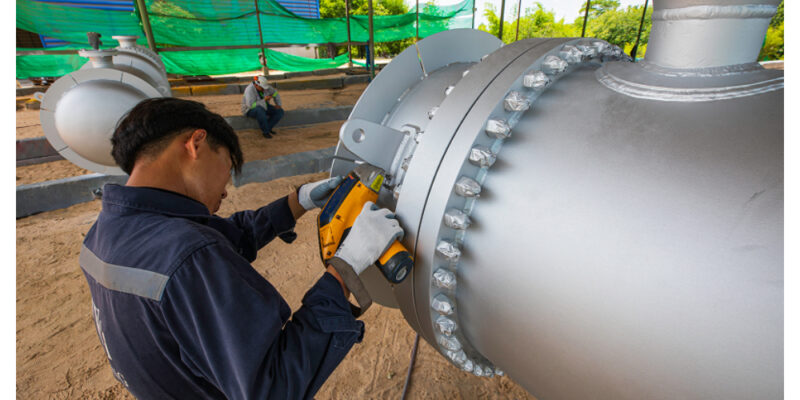
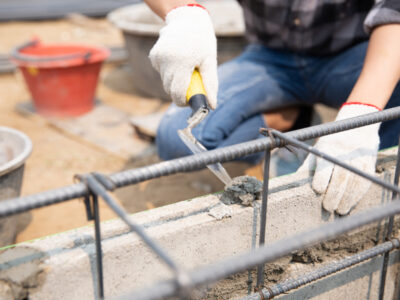
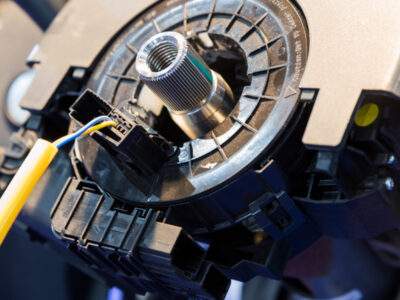
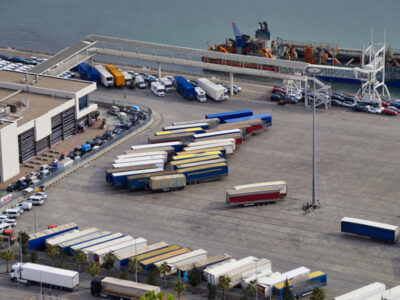
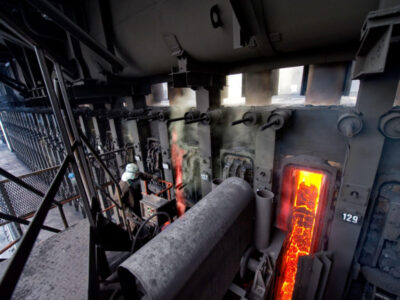



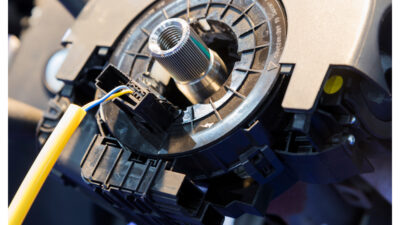
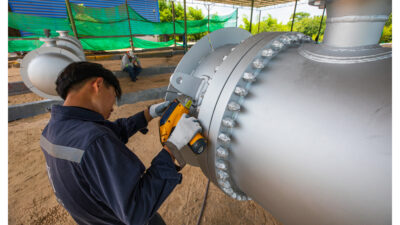
Comments